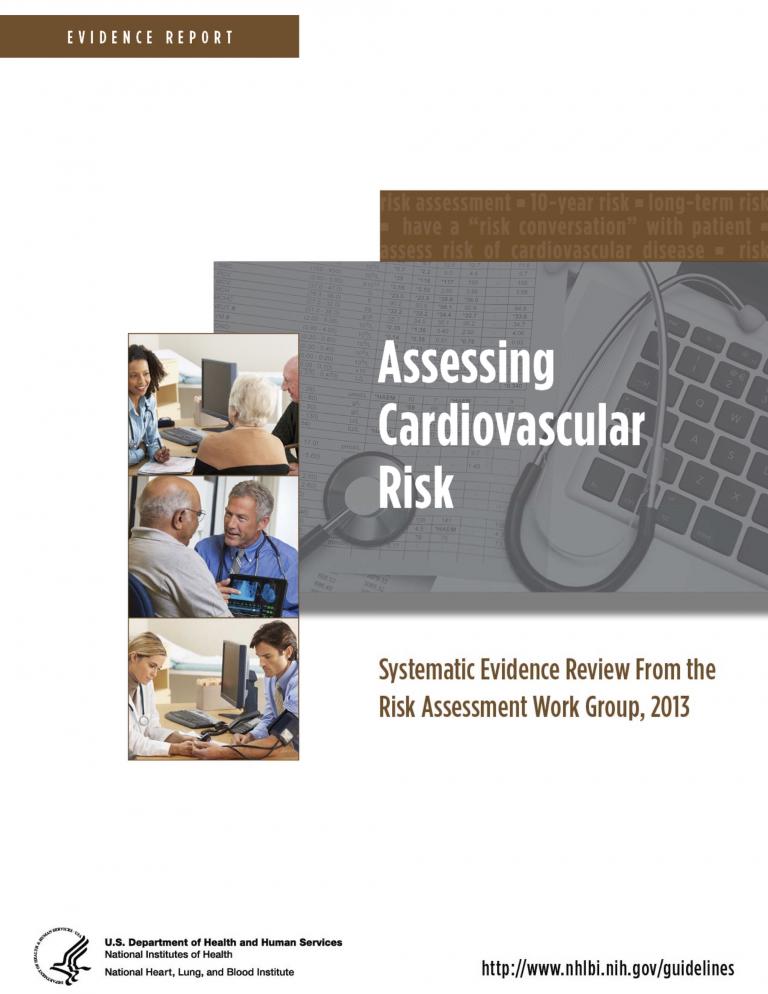How Is Hpv Transmitted

 In the high-risk category (10-year risk > 20%), CAC age equivalent may only reclassify a small percentage of individuals.
In the high-risk category (10-year risk > 20%), CAC age equivalent may only reclassify a small percentage of individuals.

Not all of the 40 sexually transmitted HPV viruses cause serious health problems. High-risk HPV strains include HPV 16 and 18, which cause about 70% of cervical cancers. Running man episode 1 sub indo streaming. HPV may be transmitted when an infected person’s vagina, cervix, anus, penis or vulva, makes contact with another person’s genitals, mouth or throat. Even if there’s no vaginal or anal penetration, the virus may still be transmitted.
In most people, the human papilloma virus (HPV) causes no symptoms and does not develop into pre-cancer or cancer. But there are some other facts about this sexually transmitted disease that may surprise you., director of the UW Virology Research Clinic, shares some little-known truths about HPV. You are likely to get at least one type of human papilloma virus (HPV) in your lifetime. HPV is the most common sexually transmitted infection in the United States. It is so common that most sexually-active men and women will get at least one type of HPV in their lifetime. The type of HPV virus that causes genital warts is different from the type of HPV virus that causes cancer. HPV is a group of more than 150 related viruses.
Each type of HPV virus is given a number. HPV types are classified as either low risk or high risk based on whether they put a person at risk for cancer. The HPV type that causes warts is low risk, meaning that it rarely develops into cancer.
High-risk HPV does not cause warts, but can develop into cancer. High-risk HPV types cause not only cervical cancer but also other cancers. High-risk HPV types lead to cancers not only of the cervix but also of the vulva, vagina, penis, anus and the back of the throat, including the base of the tongue and tonsils. You will clear most HPV infections on your own—even high-risk HPV infections—without any treatment.
“Most people acquire HPV shortly after becoming sexually active but have no symptoms,' says Wald. Most people clear the infection—including the high-risk types—within two years, without ever knowing they had it. A small proportion of women have an infection that becomes persistent. 'It is in these women that you worry about cervical cancer,” says Wald. Smoking makes HPV infection more difficult to clear. Smoking increases your risk of developing a persistent HPV infection. Smoking is also linked to a higher risk for both cervical and vulvar cancers.
You can become infected with HPV without having sex. HPV is not transmitted through bodily fluids such as semen or saliva, but through skin-to-skin contact. This happens most easily through sexual contact, such as vaginal, anal and oral sex. But it can also happen if HPV comes into contact with any mucous membrane (such as mouths, lips, anus and parts of the genitals) or with a break in your skin, such as a. A condom, when used properly, does reduce the risk of HPV transmission. 'It is not 100 percent but it does have some effect.